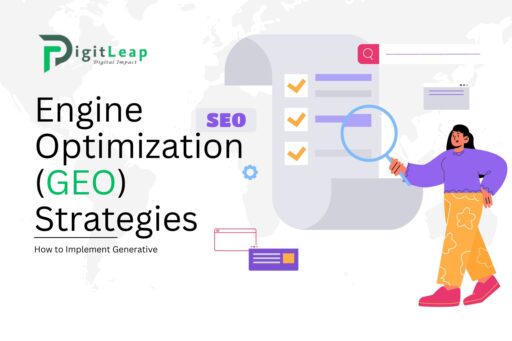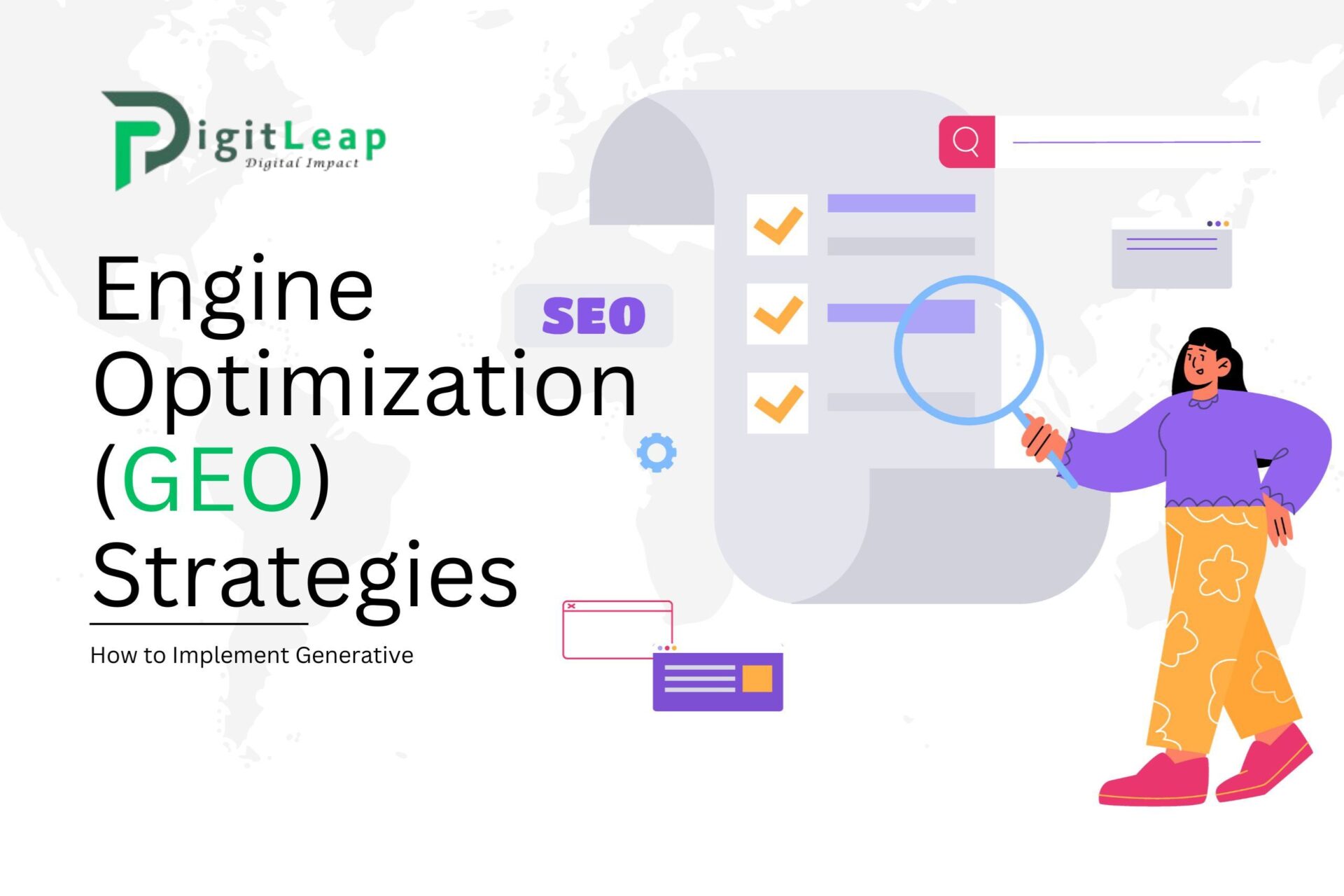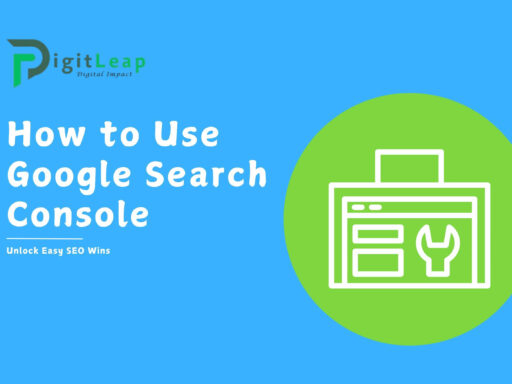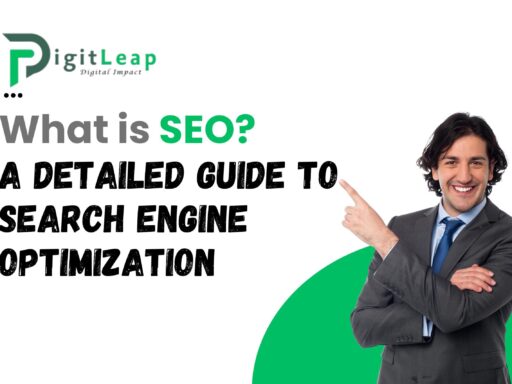How to Implement Generative Engine Optimization (GEO) Strategies
Generative Engine Optimization (GEO) is an emerging strategy that harnesses the power of generative AI to enhance your SEO efforts. By leveraging advanced AI models to generate and optimize content, keyword ideas, and meta information, businesses can achieve greater efficiency and more personalized search experiences. Here’s a step-by-step guide on how to implement GEO strategies effectively.

1. Understand the Concept of Generative Engine Optimization
Before diving into implementation, it’s important to grasp what GEO entails. Unlike traditional SEO, which primarily focuses on optimizing content based on predefined keywords and manual updates, GEO uses generative AI to:
- Produce dynamic, high-quality content: AI-driven tools can generate engaging articles, product descriptions, or ad copy tailored to your audience.
- Automate keyword and topic discovery: Advanced models can analyze search trends and user behavior to suggest new keywords and content ideas.
- Optimize meta elements and on-page factors: GEO tools can create and test different meta titles, descriptions, and schema markup variations for optimal performance.
- Continuously adapt to changes: By using real-time data, generative AI can help you quickly adjust content and strategies to meet evolving search engine algorithms and user expectations.

2. Set Clear Objectives
As with any digital strategy, defining your goals is crucial. Determine what you want to achieve with your GEO initiatives. Consider:
- Increasing organic traffic or improving search rankings for specific keywords.
- Enhancing user engagement through more personalized and relevant content.
- Streamlining your content production process to save time and resources.
- Boosting conversions by aligning content with user intent.

3. Choose the Right Tools and Platforms
Implementing GEO requires the integration of reliable generative AI tools that align with your SEO strategy. Some popular options include:
- OpenAI’s GPT Models: For generating creative content and brainstorming keyword ideas.
- Custom AI Content Generators: Tools that focus on producing SEO-optimized copy, tailored to industry-specific needs.
- SEO Platforms with AI Capabilities: Solutions that combine traditional SEO analytics with AI-driven content suggestions and optimization insights.

When selecting a tool, consider factors such as ease of integration, scalability, and the ability to customize outputs according to your brand voice and SEO requirements.
4. Develop an AI-Driven Content Strategy
Integrate generative AI into your content creation process to amplify your SEO efforts:
- Keyword Research and Topic Ideation: Use generative AI to analyze search trends and identify long-tail keywords that resonate with your target audience. AI can generate topic clusters that align with user search intent, ensuring your content covers a wide range of relevant queries.
- Content Generation: Employ AI to draft initial versions of blog posts, landing pages, or product descriptions. Then, refine these drafts with human oversight to maintain quality and ensure they accurately reflect your brand.
- Dynamic Meta Optimization: Leverage AI to create and test multiple versions of meta titles and descriptions. This iterative process can help identify which combinations yield the highest click-through rates (CTR).
5. Implement and Monitor
After deploying your GEO strategy, continuous monitoring is key:
- Performance Metrics: Use Google Analytics, Google Search Console, and other SEO tools to track key performance indicators (KPIs) such as organic traffic, rankings, CTR, and conversion rates.
- A/B Testing: Continuously test different content variations and meta tags generated by AI. Evaluate their performance against your goals and make adjustments as needed.
- Feedback Loop: Gather data from your performance metrics to refine your AI models. This continuous feedback ensures that your generative engine stays aligned with market trends and algorithm updates.

6. Embrace Continuous Improvement
GEO is not a one-time effort but a cyclical process:
- Iterate and Update: Regularly refresh your content based on new keyword trends and user behavior insights. Use generative AI to quickly produce updated versions of high-performing content.
- Stay Informed: The field of AI and SEO is evolving rapidly. Keep up with the latest developments in generative AI, SEO best practices, and search engine algorithm changes to ensure your strategies remain effective.
- Invest in Training: Equip your team with the skills to work alongside AI tools. Understanding how to interpret AI-generated insights and integrate them into broader digital strategies will give you a competitive edge.

Conclusion
Implementing Generative Engine Optimization (GEO) strategies offers a powerful opportunity to revolutionize your SEO efforts. By combining the creativity and efficiency of generative AI with a robust, data-driven SEO framework, businesses can create highly relevant, engaging content that not only improves search rankings but also enhances user experience. With a clear strategy, the right tools, and ongoing optimization, GEO can become a cornerstone of your digital marketing success.
Start integrating GEO into your SEO strategy today and unlock new levels of efficiency and innovation in your digital content creation process.






